2,4-Diaminotoluene
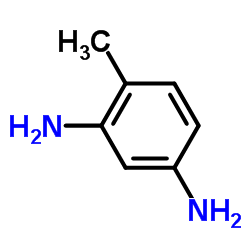
2,4-Diaminotoluene structure
|
Common Name | 2,4-Diaminotoluene | ||
|---|---|---|---|---|
| CAS Number | 95-80-7 | Molecular Weight | 122.168 | |
| Density | 1.1±0.1 g/cm3 | Boiling Point | 292.0±0.0 °C at 760 mmHg | |
| Molecular Formula | C7H10N2 | Melting Point | 97-99 °C(lit.) | |
| MSDS | Chinese USA | Flash Point | 149.5±21.3 °C | |
| Symbol |



GHS06, GHS08, GHS09 |
Signal Word | Danger | |
| Name | 2,4-diaminotoluene |
|---|---|
| Synonym | More Synonyms |
| Density | 1.1±0.1 g/cm3 |
|---|---|
| Boiling Point | 292.0±0.0 °C at 760 mmHg |
| Melting Point | 97-99 °C(lit.) |
| Molecular Formula | C7H10N2 |
| Molecular Weight | 122.168 |
| Flash Point | 149.5±21.3 °C |
| Exact Mass | 122.084396 |
| PSA | 52.04000 |
| LogP | 0.15 |
| Vapour Pressure | 0.0±0.6 mmHg at 25°C |
| Index of Refraction | 1.636 |
| Water Solubility | 50 g/l (25 ºC) |
CHEMICAL IDENTIFICATION
HEALTH HAZARD DATAACUTE TOXICITY DATA
MUTATION DATA
|
| Symbol |



GHS06, GHS08, GHS09 |
|---|---|
| Signal Word | Danger |
| Hazard Statements | H301-H312-H317-H341-H350-H361f-H373-H411 |
| Precautionary Statements | P201-P273-P280-P301 + P310-P308 + P313 |
| Personal Protective Equipment | Eyeshields;Faceshields;full-face particle respirator type N100 (US);Gloves;respirator cartridge type N100 (US);type P1 (EN143) respirator filter;type P3 (EN 143) respirator cartridges |
| Hazard Codes | T:Toxic |
| Risk Phrases | R21;R25;R36;R43;R45;R51/53 |
| Safety Phrases | S53-S45-S61 |
| RIDADR | UN 1709 6.1/PG 3 |
| WGK Germany | 3 |
| RTECS | XS9625000 |
| Packaging Group | III |
| Hazard Class | 6.1(b) |
| HS Code | 29331990 |
| Precursor 10 | |
|---|---|
| DownStream 10 | |
| HS Code | 2921519020 |
|---|---|
| Summary | 2921519020 4-methylbenzene-1,3-diamine。supervision conditions:x(environment control release notice for poisonous chemicals)。VAT:17.0%。tax rebate rate:17.0%。MFN tarrif:6.5%。general tariff:30.0% |
|
Development of QSAR models for predicting hepatocarcinogenic toxicity of chemicals.
Eur. J. Med. Chem. 44 , 3658-64, (2009) A dataset comprising 55 chemicals with hepatocarcinogenic potency indices was collected from the Carcinogenic Potency Database with the aim of developing QSAR models enabling prediction of the above u... |
|
|
Consumer product in vitro digestion model: Bioaccessibility of contaminants and its application in risk assessment.
Regul Toxicol Pharmacol 44(2) , 161-71, (2006) This paper describes the applicability of in vitro digestion models as a tool for consumer products in (ad hoc) risk assessment. In current risk assessment, oral bioavailability from a specific produc... |
|
|
JaCVAM-organized international validation study of the in vivo rodent alkaline comet assay for the detection of genotoxic carcinogens: I. Summary of pre-validation study results.
Mutat. Res. Genet. Toxicol. Environ. Mutagen. 786-788 , 3-13, (2015) The in vivo rodent alkaline comet assay (comet assay) is used internationally to investigate the in vivo genotoxic potential of test chemicals. This assay, however, has not previously been formally va... |
| 1,3-Benzenediamine, 4-methyl- |
| 4-Methylbenzene-1,3-diamine |
| 2,4-TDA |
| tertralg |
| 2,4-TOLUENEDIAMINE |
| 4-Methyl-1,3-benzenediamine |
| 2,4-diamino-toluene |
| Fouramine |
| EINECS 202-453-1 |
| Toluene-2,4-diamine |
| 1,3-diamino-4-methyl-benzene |
| MFCD00007804 |
| UNII-IS1AKN4HYB |
| 2,4-Diaminotoluene |
| 2,4-toluylenediamine |
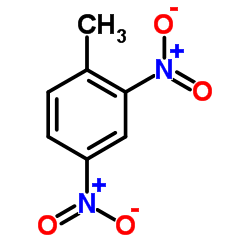 CAS#:121-14-2
CAS#:121-14-2 CAS#:606-20-2
CAS#:606-20-2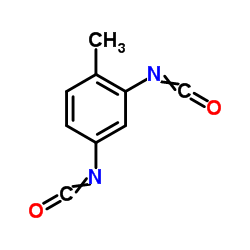 CAS#:584-84-9
CAS#:584-84-9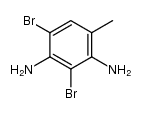 CAS#:29213-02-3
CAS#:29213-02-3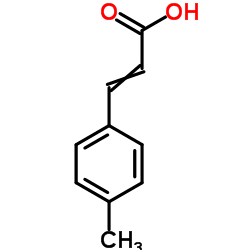 CAS#:1866-39-3
CAS#:1866-39-3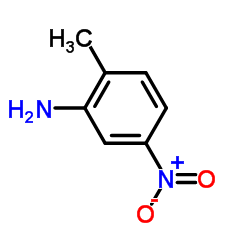 CAS#:99-55-8
CAS#:99-55-8![methyl 4-{[(4-methyl-3-nitrophenyl)imino]methyl}benzoate Structure](https://www.chemsrc.com/caspic/215/386756-54-3.png) CAS#:386756-54-3
CAS#:386756-54-3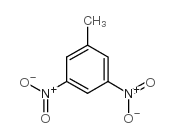 CAS#:618-85-9
CAS#:618-85-9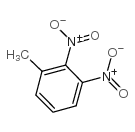 CAS#:602-01-7
CAS#:602-01-7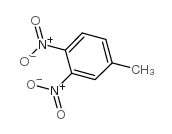 CAS#:610-39-9
CAS#:610-39-9 CAS#:106917-61-7
CAS#:106917-61-7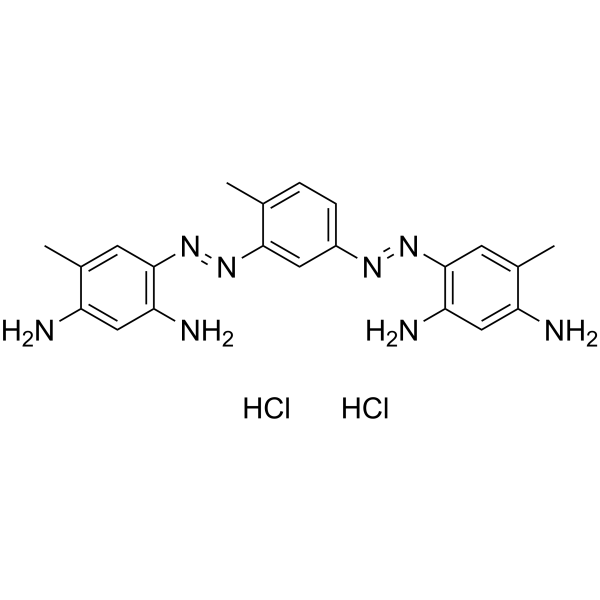 CAS#:5421-66-9
CAS#:5421-66-9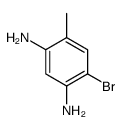 CAS#:141922-21-6
CAS#:141922-21-6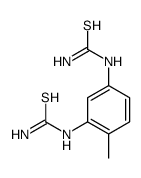 CAS#:1519-71-7
CAS#:1519-71-7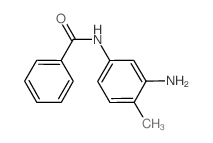 CAS#:221875-98-5
CAS#:221875-98-5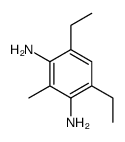 CAS#:2095-01-4
CAS#:2095-01-4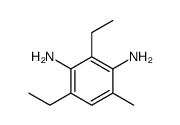 CAS#:2095-02-5
CAS#:2095-02-5![3-[2-methyl-5-(prop-2-enylthiocarbamoylamino)phenyl]-1-prop-2-enyl-thiourea structure](https://www.chemsrc.com/caspic/492/19318-83-3.png) CAS#:19318-83-3
CAS#:19318-83-3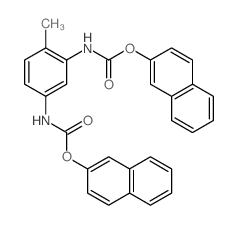 CAS#:29455-59-2
CAS#:29455-59-2
